
To navigate, use keyboard arrow or mouse keys. Or, tap lower right corner of screen for main controls and quick access.
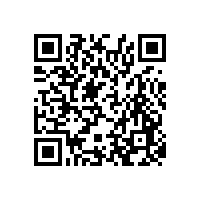
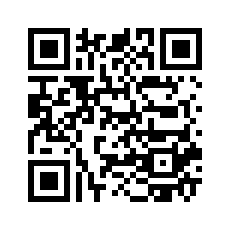
Summary of MMM: Mobile Ministry Magazine (MMM) was started in the Fall of 2004 as a response to joblessness, and a heart to do more with my growing knowledge of mobile technology beyond the reviews and editorials that I was writing for BarganPDA (later Brighthand). The first issue was produced for a small audience of 50 persons who agreed to test out the magazine's delivery and format. However, none of the 50 persons read it, nor gave feedback. The project was shelved untli the Spring of April 2005 when in response to repentence, MMM was given a dual home as a downloadable magazine and a (near-daily) website. The magazine would soon morph into a blog-only offering, and successive site changes and downloadable issues later, would become featured around the web for its notable difference in how it presented mobile technology. For a long time, it was one of a few sites that would even broach the topic of faith and technology in a manner which was a bit more enjoyable than traditional publications. Several posts and topics gained attention, including attention from the BBC, Dallas Morning News, National Religious Broadcasters (NRB) and more. MMM's brand has remained a pecular one, even with much of the world now paying more attention to mobile. And indeed, the early question of "what is happening with the church and mobile" is being addressed by several entities. Currently, MMM provides an alternate perspective on matters of mobile/social web technology and faith through its team of writers, and maintains resource listings of software, services, and research articles which point to existing contributions which further the understanding of mobile as a ministry tool. MMM has also expanded ot offer training, speaking, and consulting services to those wishing to engage the practice of mobile ministry, in whatsoever capacity they are looking to be involved.
Communication and computational events facilitated through the use of handheld devices which expand personal contexts to mediated and shared life experiences.
Handheld devices: Mobile is defined in the marketplace by any devices which have screens of less than 5in in diameter. By physics, however, mobile devices can include any computer which is not dependent on wired (tethered) power for normal operation. This adds tablets, GPS devices, laptops, and even some game systems into the fold for what is considered mobile computing.
Mediated and shared life experiences: This can include some of the obvious items such as talking on the phone, sending text messages, using the mobile Internet, and social networking. But, can and should be expanded to shopping, using professional/government services, and environmental tracking (weather, crops, sex, etc.)
Various Internet and Mobile Statistics
Sources
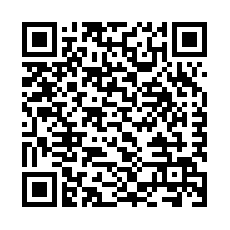
Layers
Mobile is thought of as a single thing, but it is really made of up three disparate layers. Depending on the skillsets of the companies and individuals whom are working towards solving a problem (communication or event), they will take on mobile in one, two, or all three of these layers.
Devices specifically refers to all matters of mobile that concern themselves with just the device. This can be accessories for mobile devices, software that targets specific hardware form factors, and to a lesser degree targeting specific hardware platforms.
Services refers to the software and transaction layers of mobile. This also includes communication and event data. Services include practices which run against applications, SMS, media streaming, and the aggregration of information gained from offering these services (re: Facebook, YouVersion, etc.).
Experiences refers to the aspects of mobile which might be defined by intentions/companies, however the end result is graded by the consumer. User experince, development, marketing, and the application of aggregrate data all apply to mobile here.
Every company that is working in mobile at some level deals with all of these layers. But, it may be their specific function or practice that they center on one of these three layers and then create a product from there.
Sources
Identified Applications of Mobile Ministry
Areas of Opportunities in Mobile Ministry
Areas of Challenges in Mobile Ministry
Sources
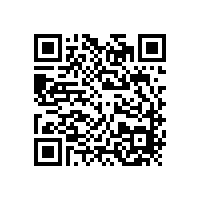
Book/Blog Recommendations:
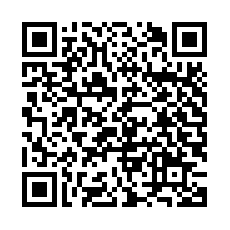
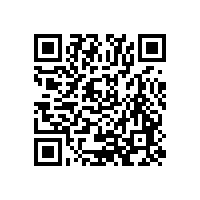
View Presentation
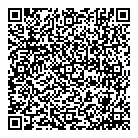
Download my vCard